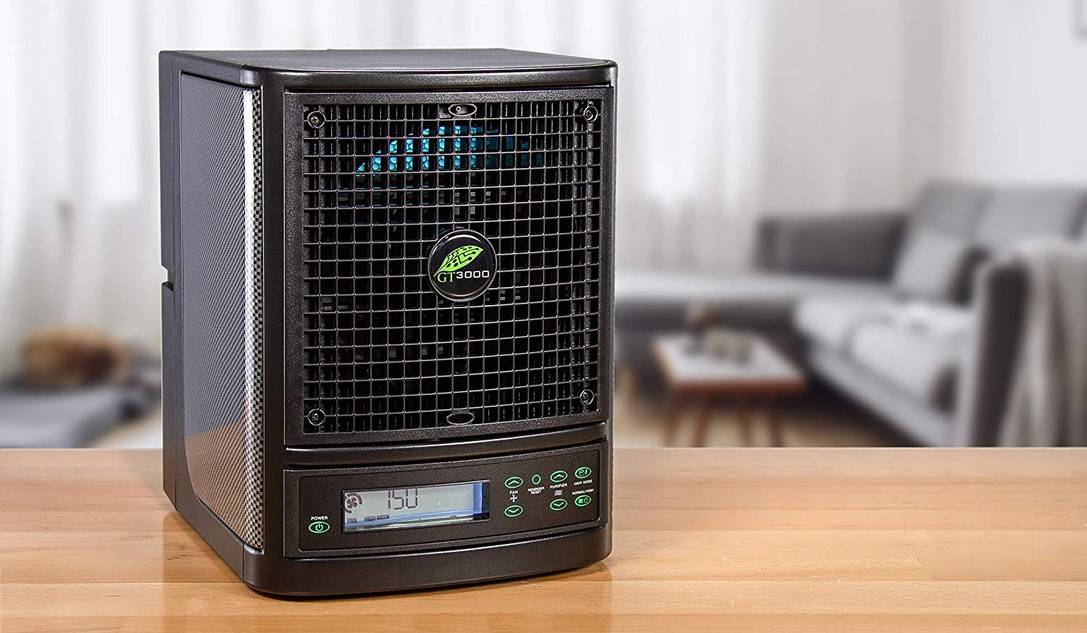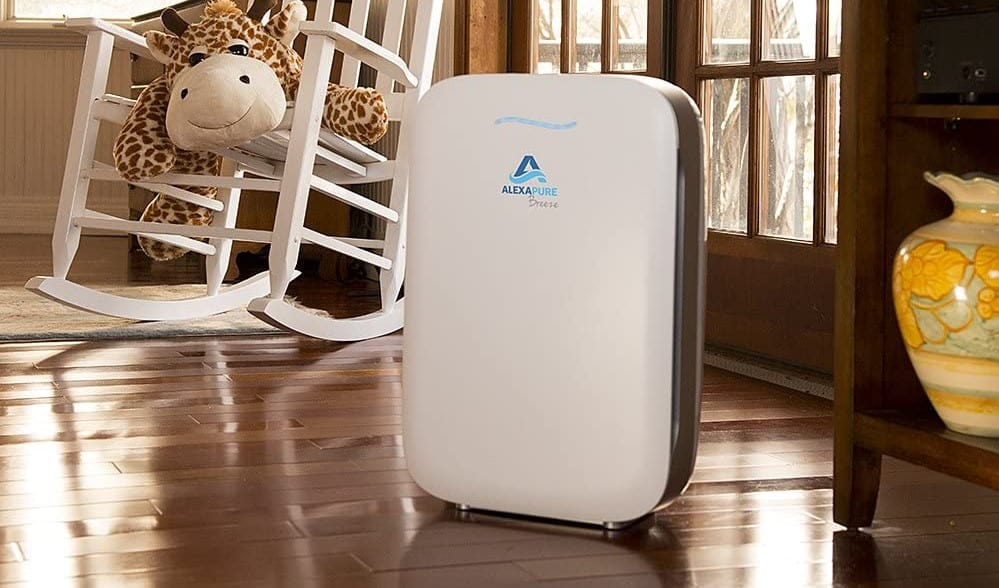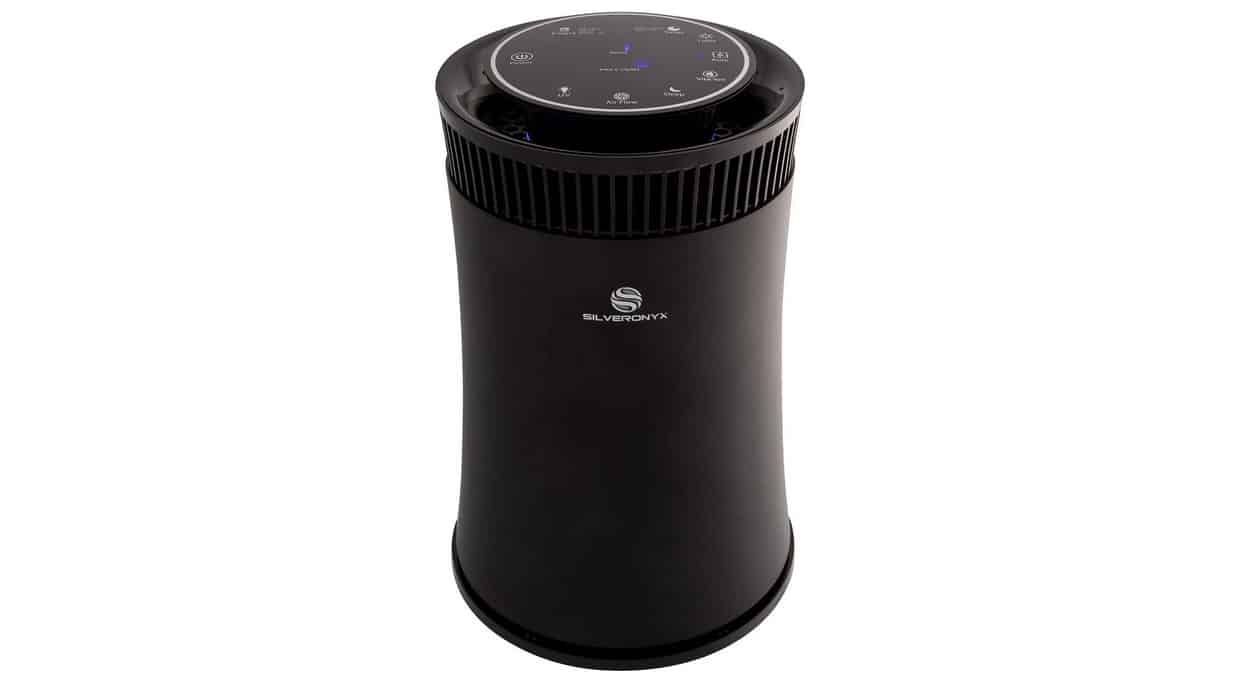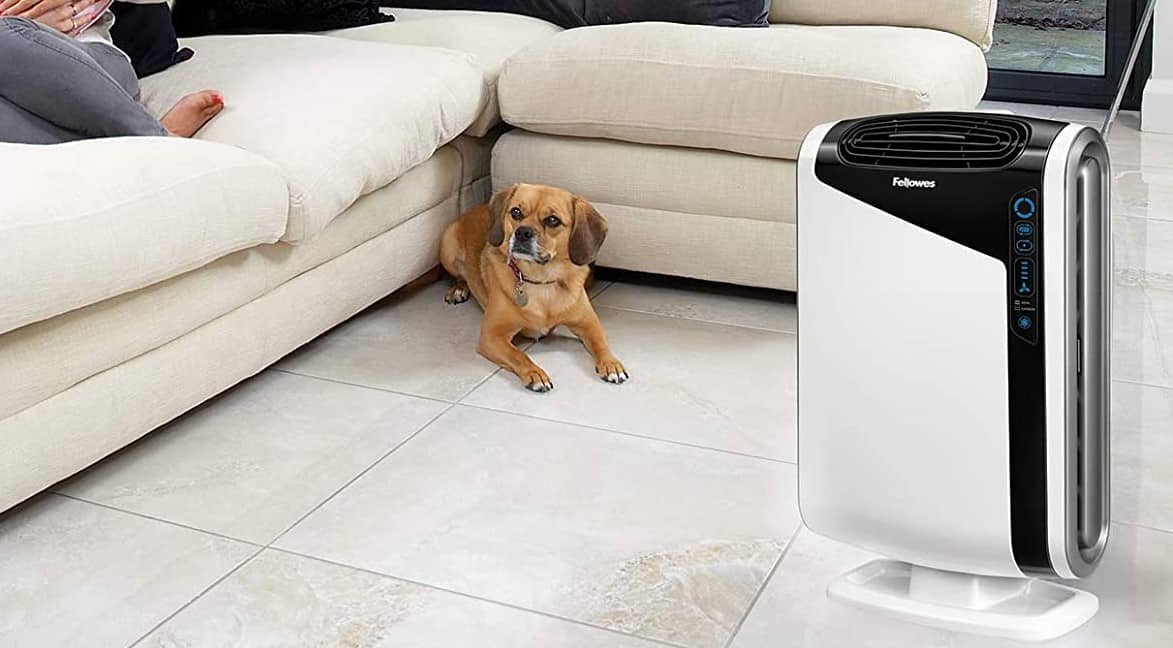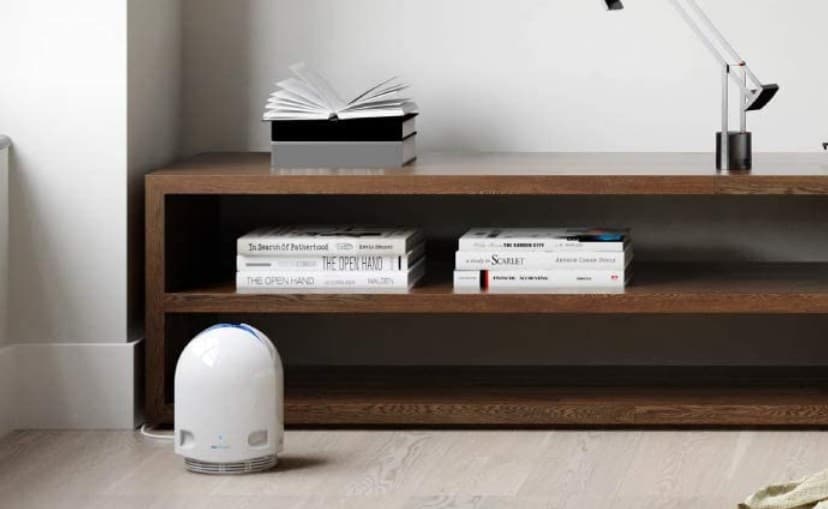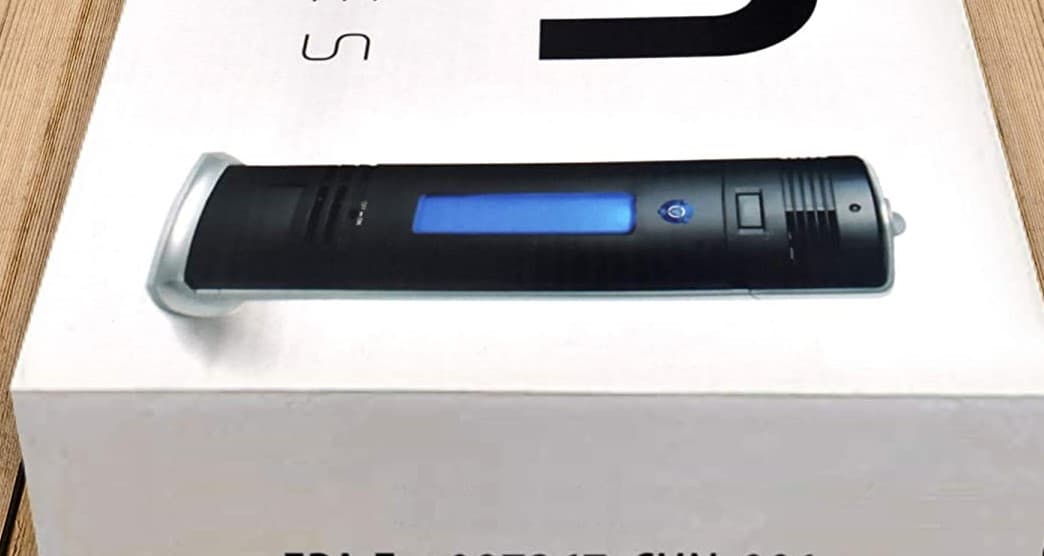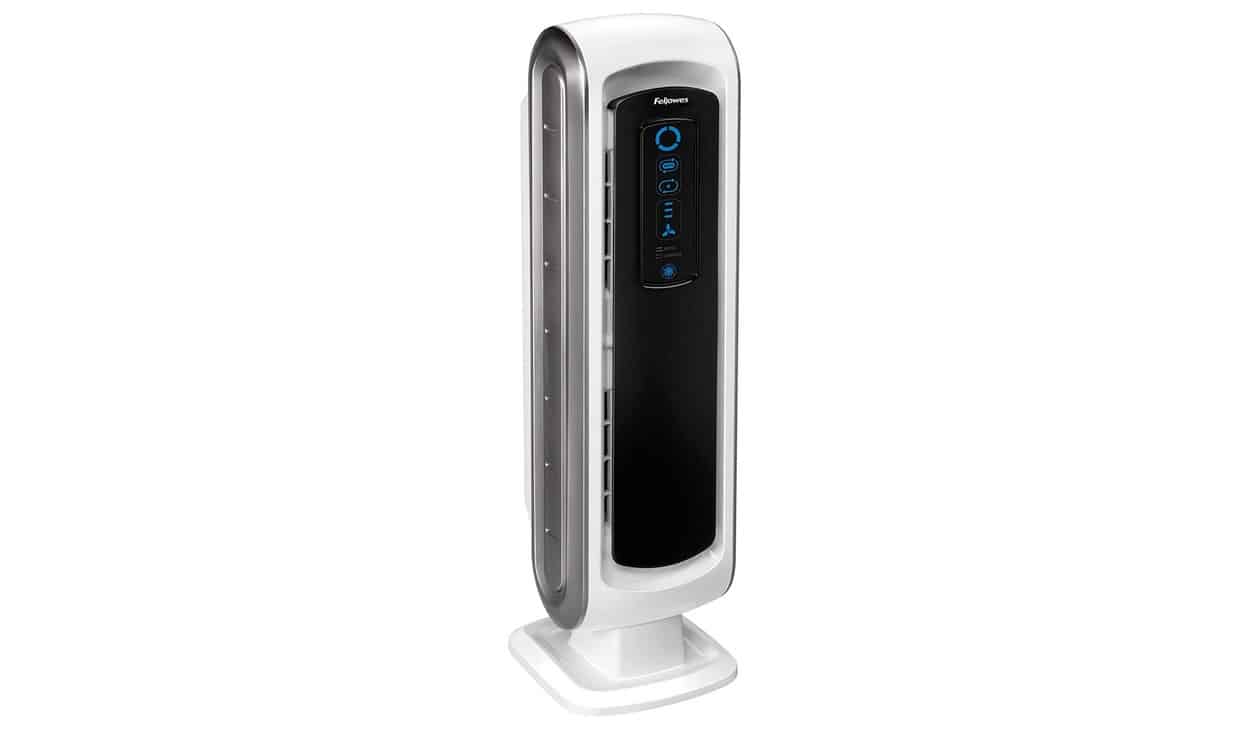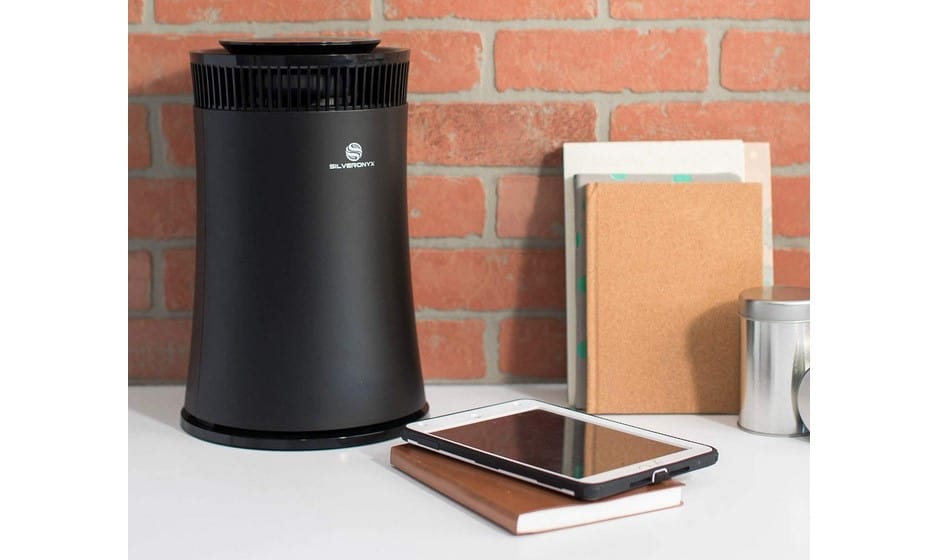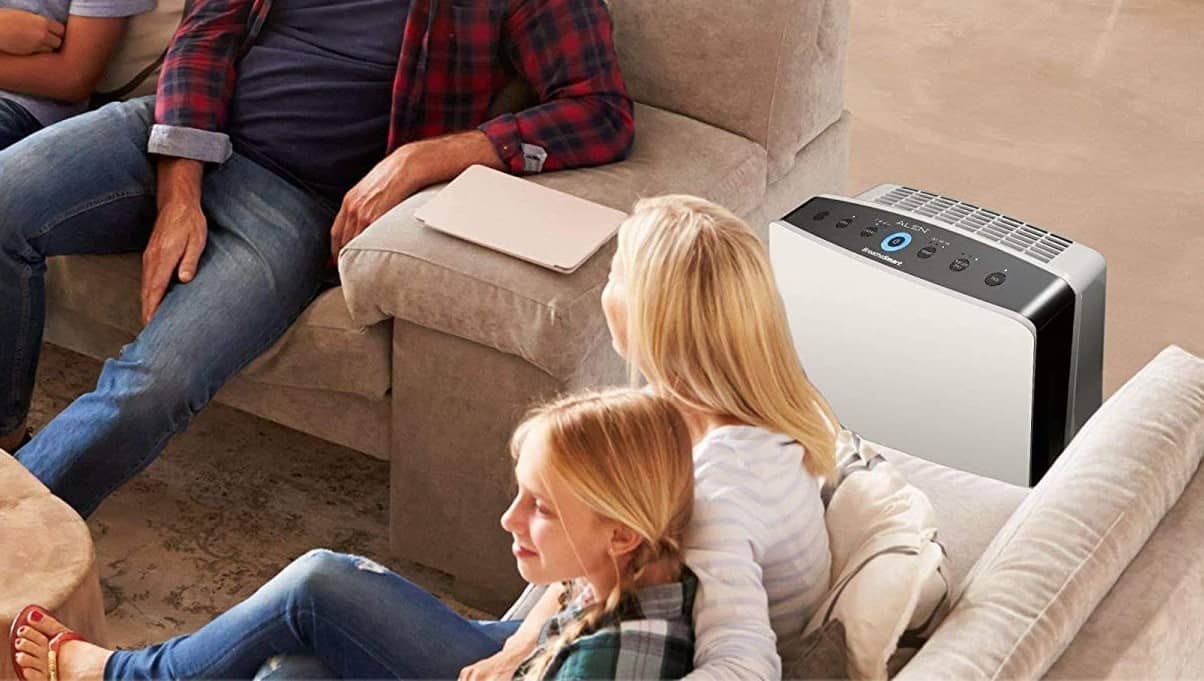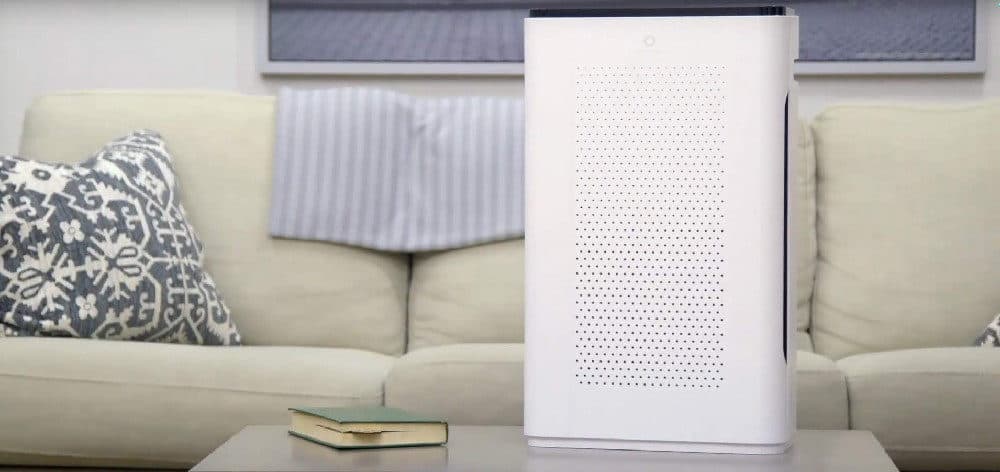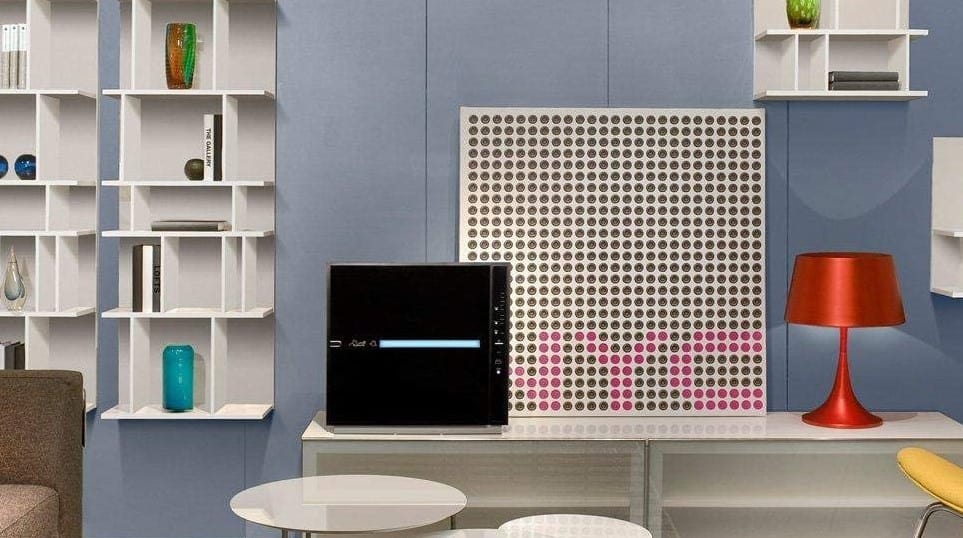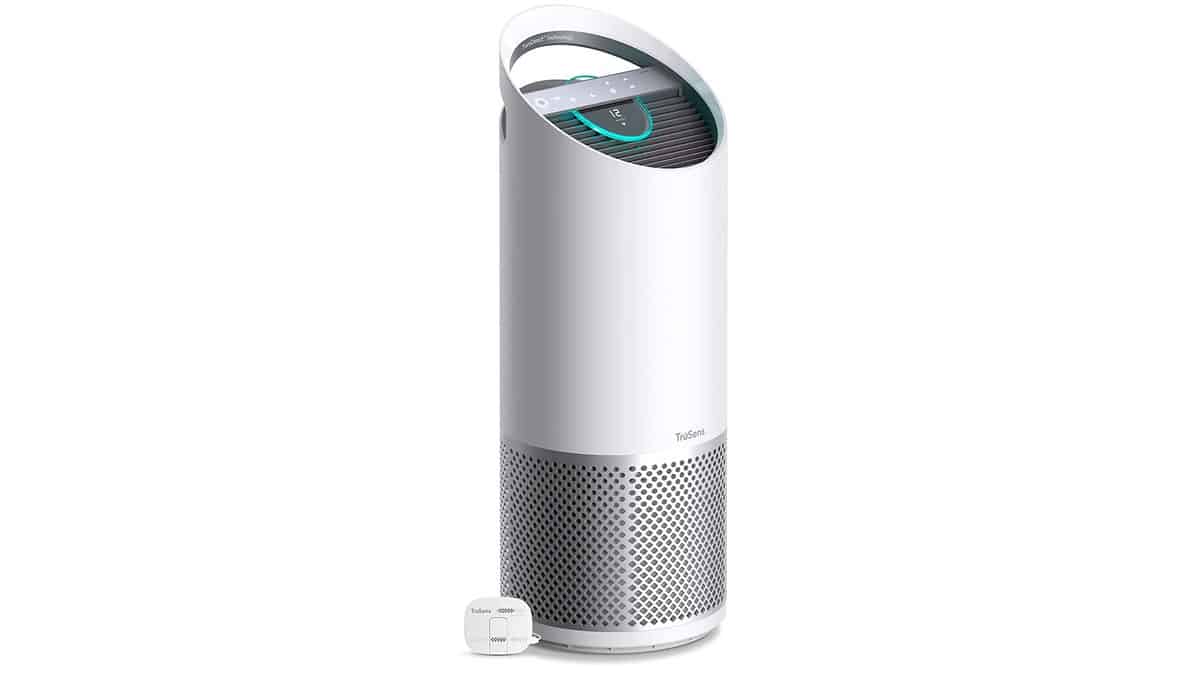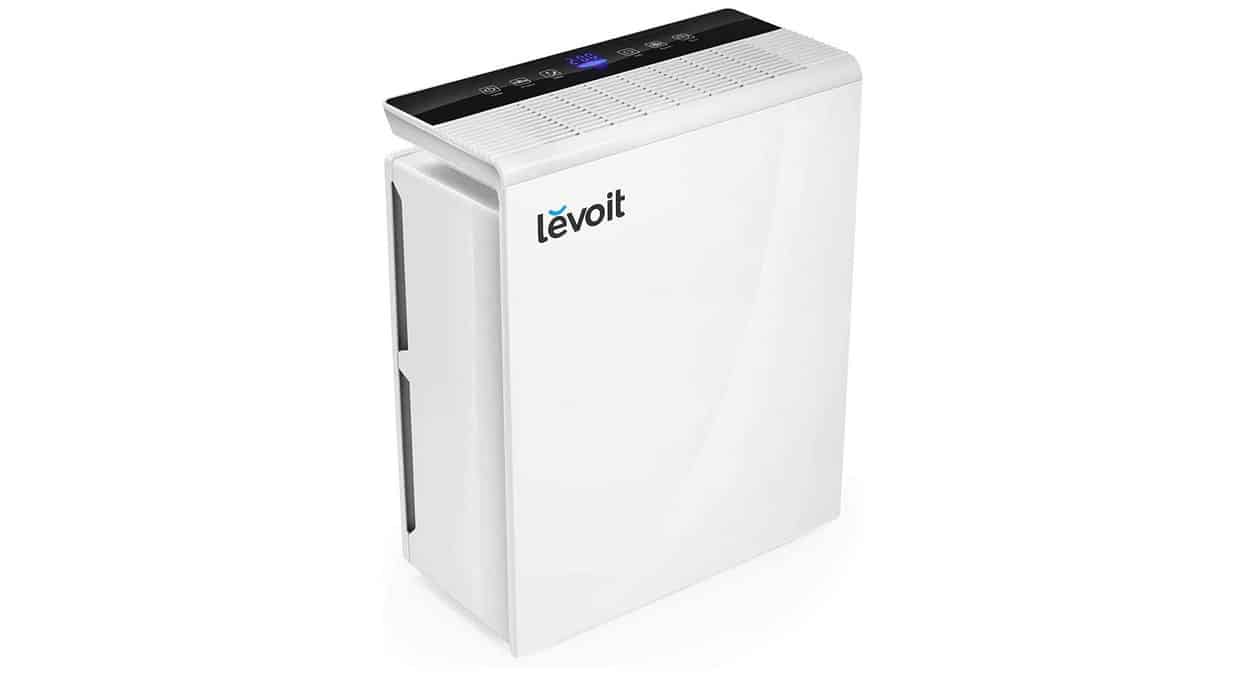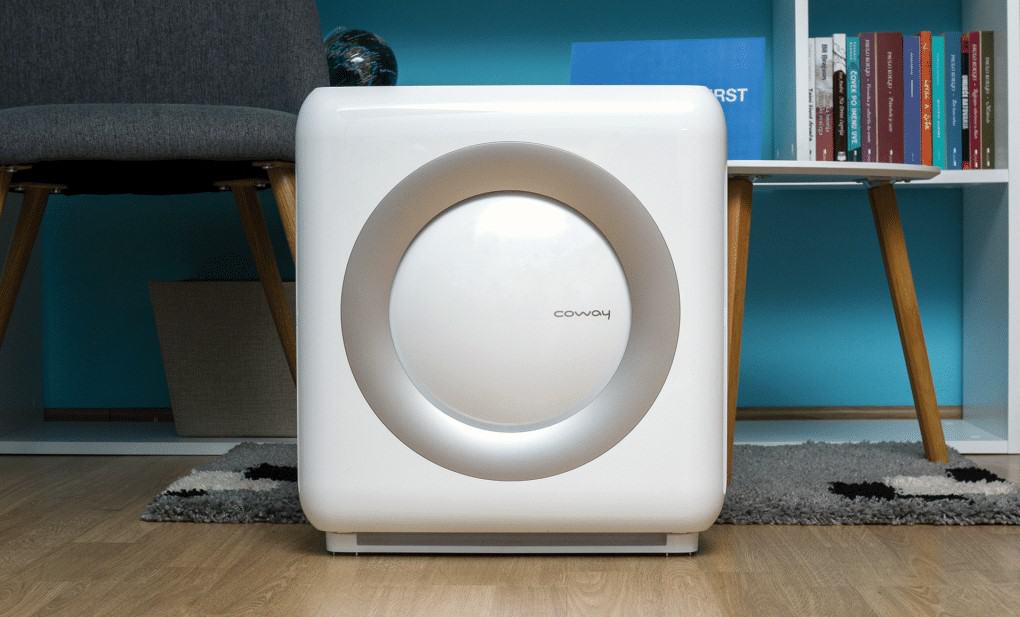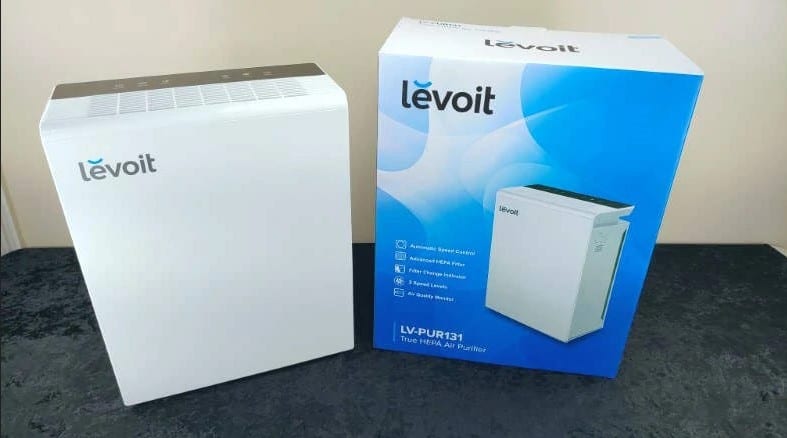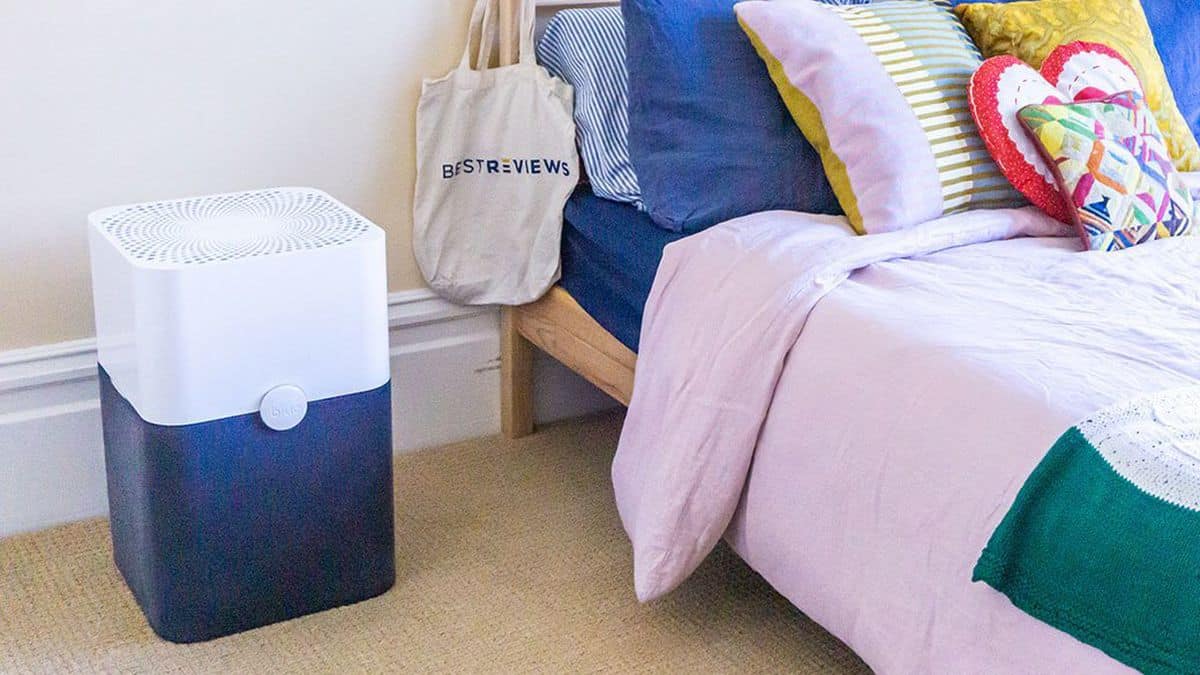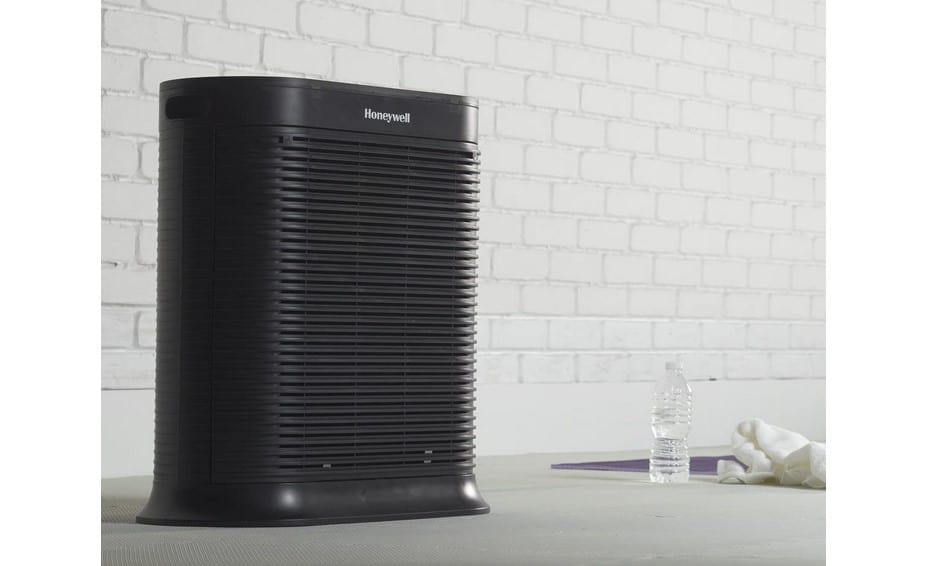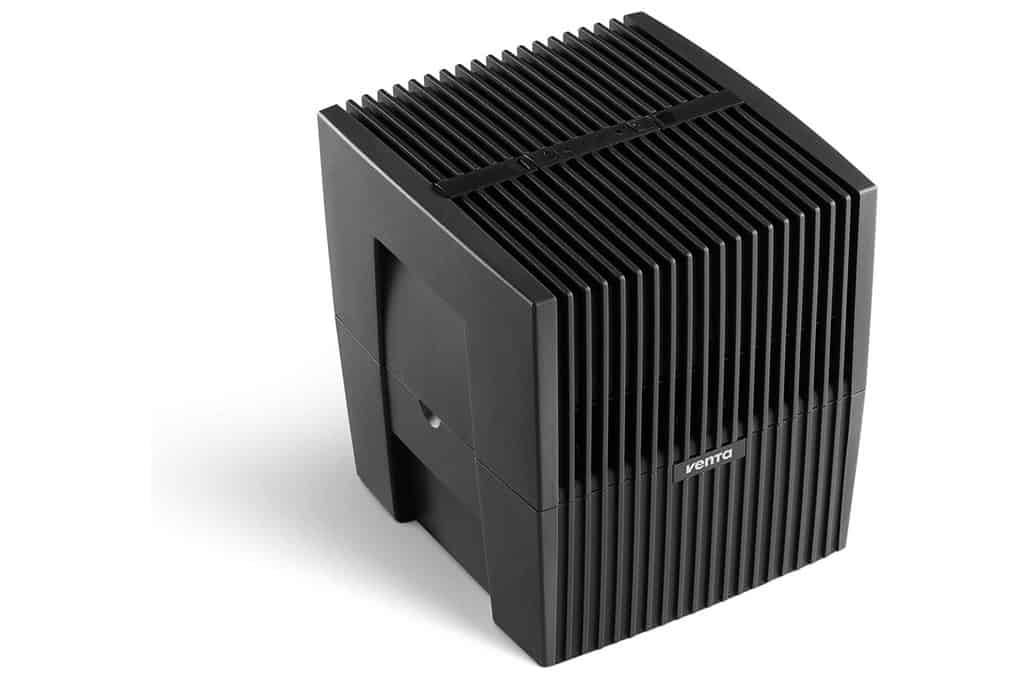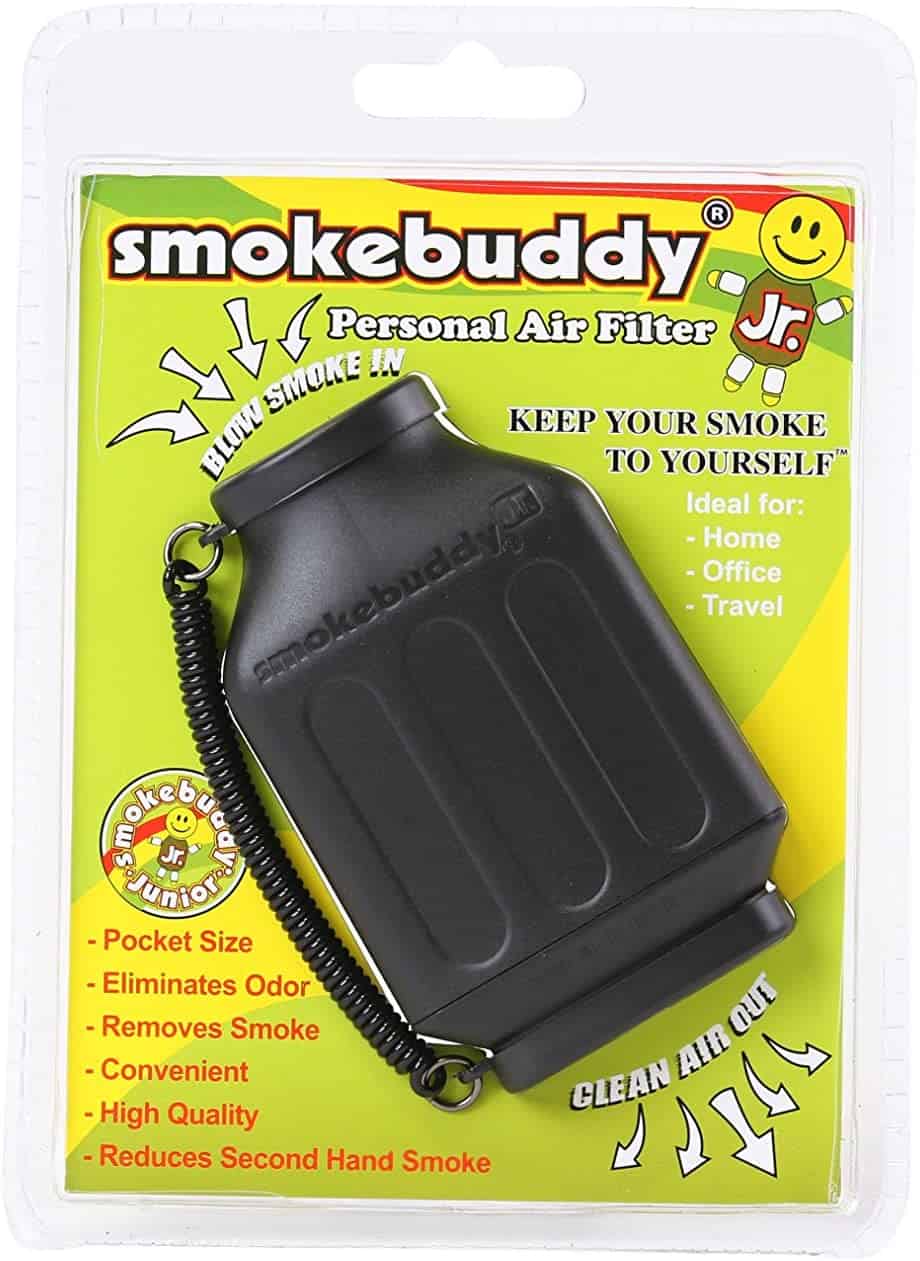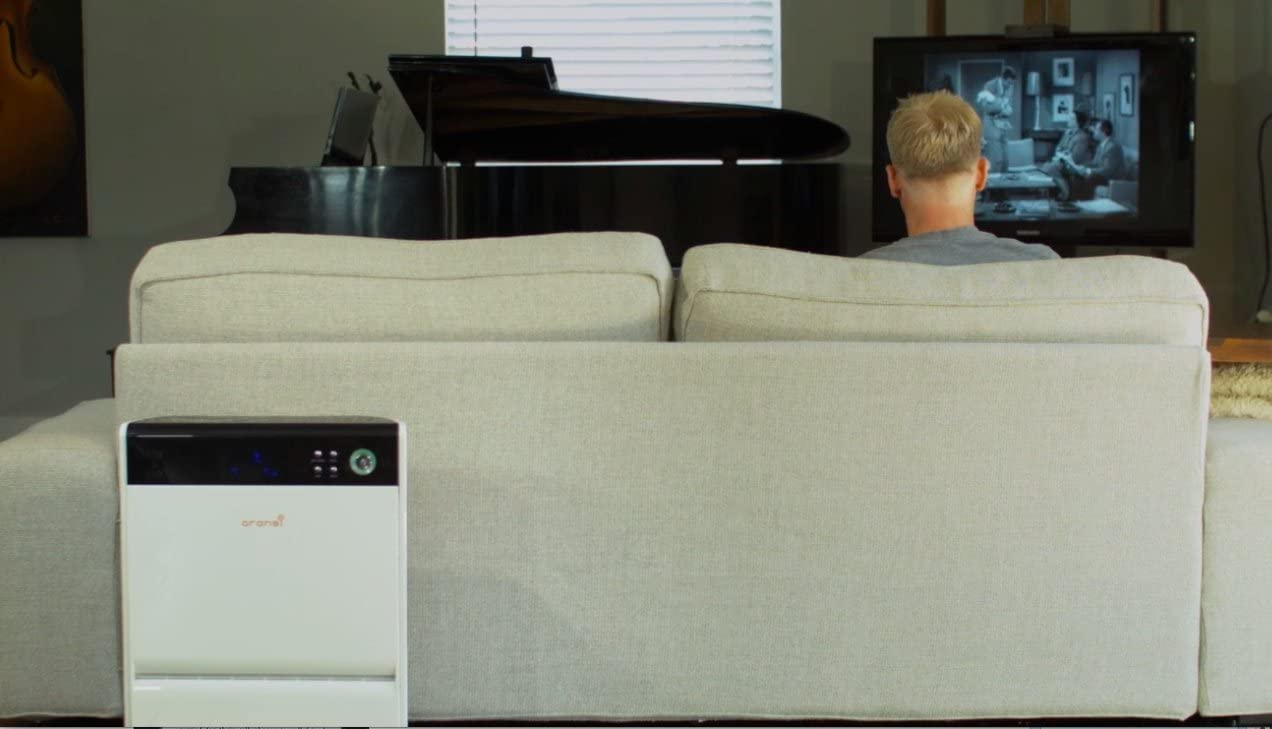Consumers might wonder about air sanitizer vs. air purifier effectiveness on mold. However, both air sanitizers that generate ozone and air purifiers help to eliminate mold. Their differences stem from the fact that air sanitizers use ozone to do the job, and they are good at it. To consider whether you should opt for an air sanitizer vs. a purifier, you may want to understand more about both. These filters are worse for your health, however, which is where air purifiers come in. Searching for the best air purifier seems difficult, but we explain different types of air purifiers for you below.
KEY TAKEAWAYS:
- Air sanitizers often help reduce and neutralize mold and mold spread in nonresidential areas.
- Ozone creates a harmful chemical for the body, especially for people with respiratory health issues or asthma symptoms.
- Air purifiers may not be as helpful on mold, but they are significantly safer for long-term residential use.
How do Air Purifiers work?
Air purifier appliances offer Americans a way of reducing the particulate matter in the air, which includes airborne allergens, mold spores, asthma triggers, and other airborne contaminants. Many HEPA air purifiers clean the air by trapping particles within the material of an air filter. An air purifier with an activated carbon filter, also known as a charcoal filter, works much the same way, but it uses activated carbon woven into a porous material. Both methods trap larger particles with a diameter of 0.3 microns or more, including mold spores. In addition, some air purifiers come with a washable filter or a replaceable filter. Either one is okay to use and serves the same general purpose.
What Do Air Purifiers with UV-C Light Do to Mold?
Some newer air purifiers use ultraviolet light (UV light) to reduce airborne pollutants indoors. The most common is UV-C light. This air filter pulls in indoor air pollutants and turns them into water or carbon dioxide. Overall, this product is available in portable air cleaners, air purifiers, and room air purifiers. You’ll find them in the top-rated air purifiers for babies. Additionally, UV light air purifiers help eliminate airborne particles to improve indoor air quality without generating ozone concentrations.
Insider Tip
There is no standard for washable HEPA filters, so be wary of any that state they are.
Air Purifiers Effective For Long Term Use
Air purifiers with charcoal filters or ionic air purifiers may be helpful in the reduction of contaminants over an extended time. Meanwhile, HEPA filters reduce the percentage of particles of indoor pollutants greater than 0.3 microns in diameter. These options provide high-efficiency particulate air filtration. They do not produce the toxic element ozone, making them better for your health. For more units, check out our info content covering air purifiers vs vacuum purifiers, air cleaners vs purifiers, and air sanitizers vs purifiers.
How do Air Sanitizers work?
Air sanitizers generate ozone in a certain area around the device, reducing any airborne pollutants and creating clean air. The air in the direct vicinity of the ozone air purifier receives an electrical charge, sparking the restructuring of O₂ to O₃. However, ozone is a toxic element to humans, and it can be an irritant in large quantities for people with asthma or lung health problems. So, an asthma sufferer needs to be especially careful when using an ozone generator to avoid respiratory symptoms.
What Does an Ozone Air Purifier Do to Mold?
The ozone molecule includes three oxygen atoms. Two oxygen atoms form the air we breathe, and the third atom attaches to an airborne pollutant’s particle, such as a smoke or mold particle. By linking to these organic compounds, air cleaners connect to mold particles and neutralize them. However, because of its harmful effects on asthma symptoms, asthma attacks, and other respiratory problems, these systems should not be used in occupied areas, according to the EPA. Additionally, products that list an EPA establishment number are not approved by the EPA.
Air Sanitizers More Effectively Eliminate Mold
Ozone-generating air sanitizers eliminate pollutant sources of mold, but they do not work well on pet hair and other allergens. Users hoping to avoid toxic levels of ozone that can cause health issues should only use these devices for a short amount of time in non-residential spaces. However, some of these generators may help with odors from gaseous pollutants, like those from tobacco smoke or exhaust fans.
Warning
An IFD washable filter catches airborne particles in the filter, meaning you should be careful when you wash it to avoid touching them.
F.A.Q.
Can air purifiers filter the outdoor air that enters your home?
Air purifiers may help filter the outdoor air once it has entered your home, but they cannot help filter the outdoor air as it comes in. The devices target air within a specified area and cannot help filter air that is outside.
What are ozone-generating air cleaners?
Ozone-generating air cleaners create levels of ozone in the surrounding area. Therefore, they are most effective at eliminating odors from gaseous pollutants and neutralizing mold.
What are UV light air purifiers?
UV light air purifiers irradiate airborne contaminants before exposing them to UV-C light to eliminate the contaminants. In addition, they eliminate particulate matter in the air.
STAT: Various filters exist notably including: High-efficiency particulate arrestance (HEPA) filters remove at least 99.97% of 0.3-micrometer particles and are usually more effective at removing larger and smaller particles. (source)

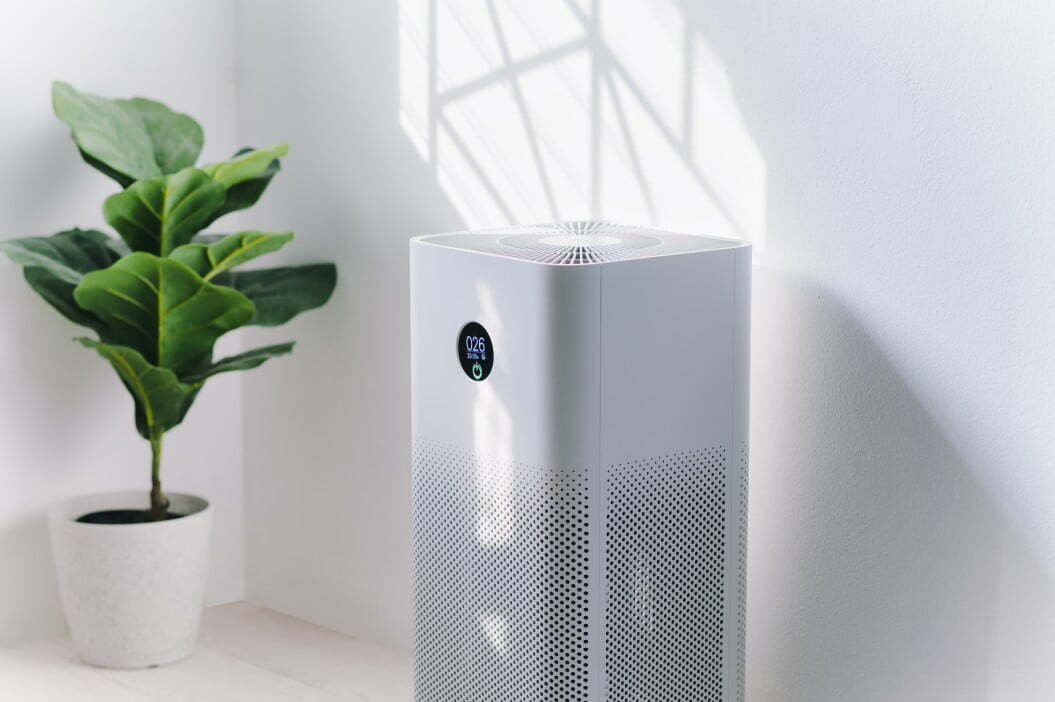













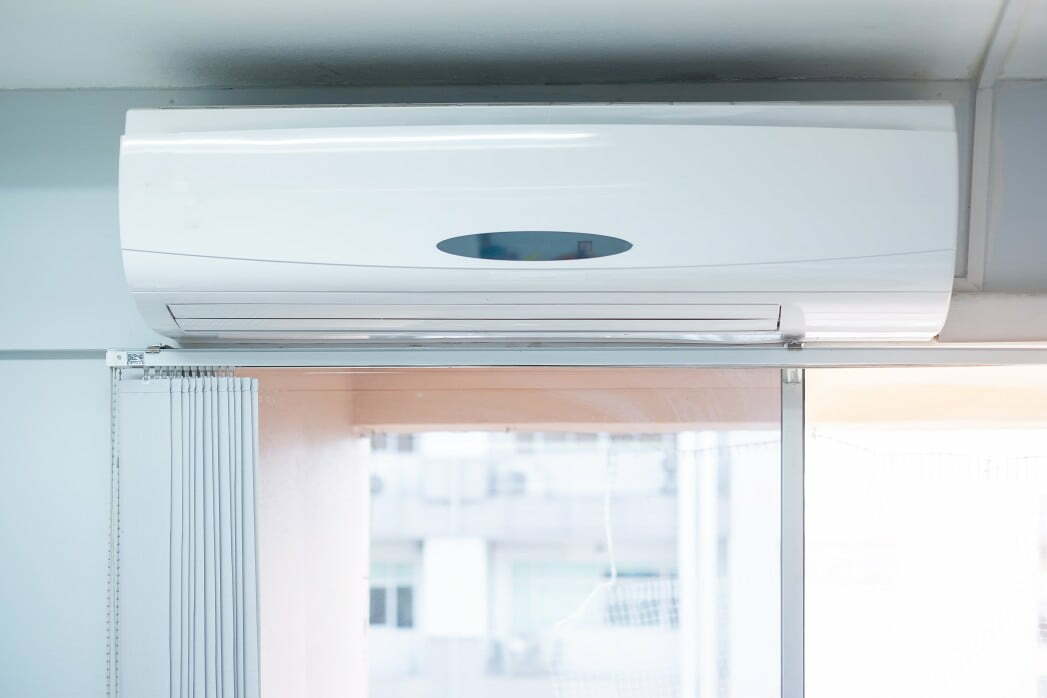
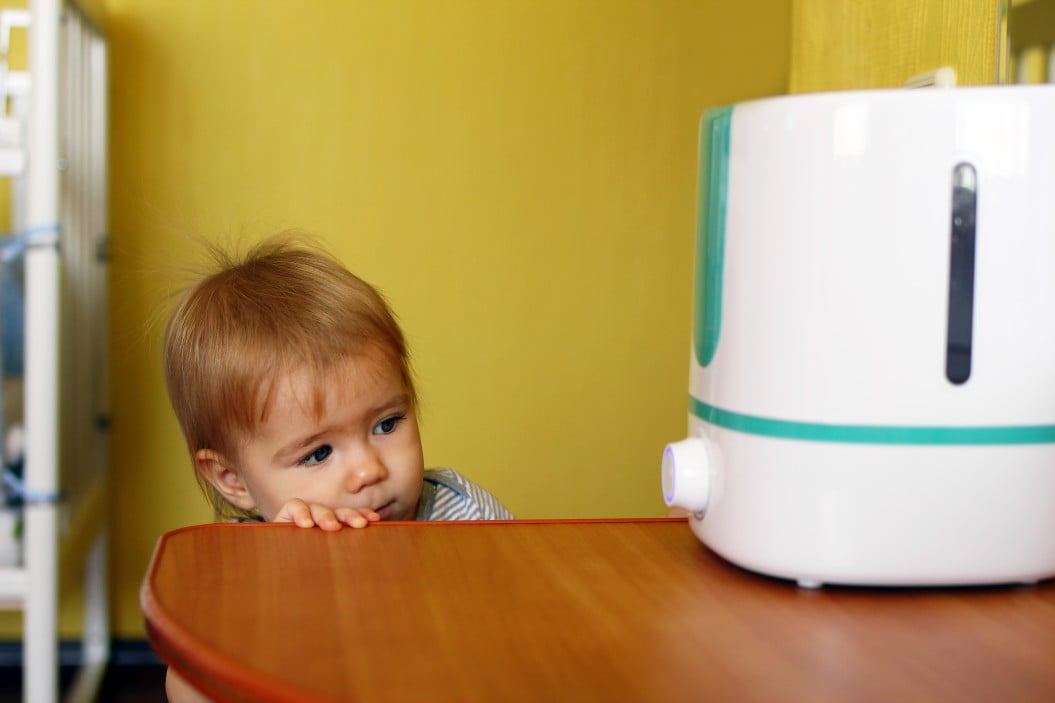
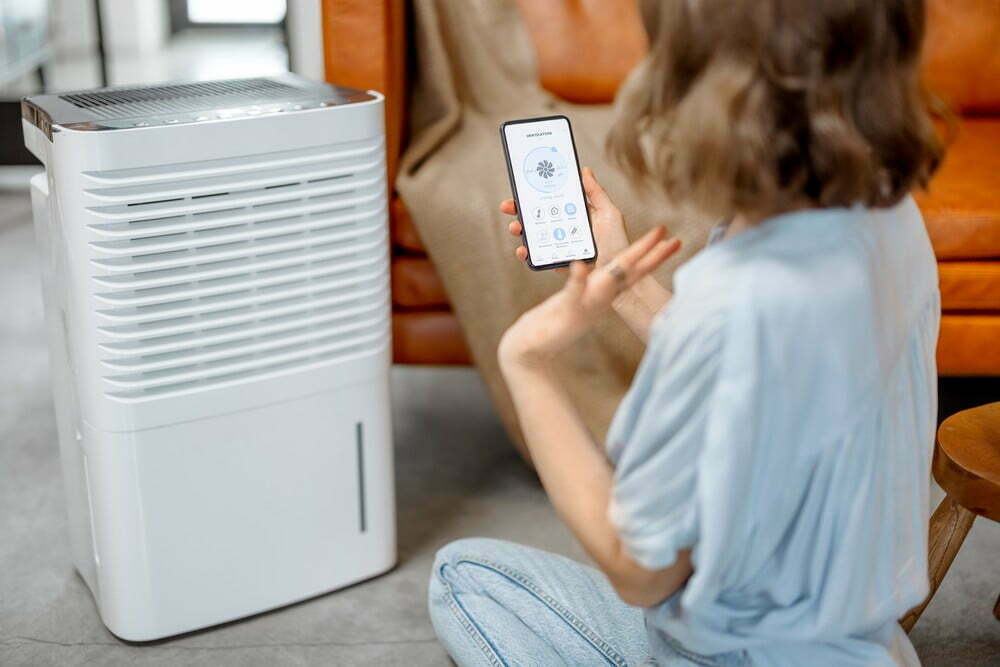
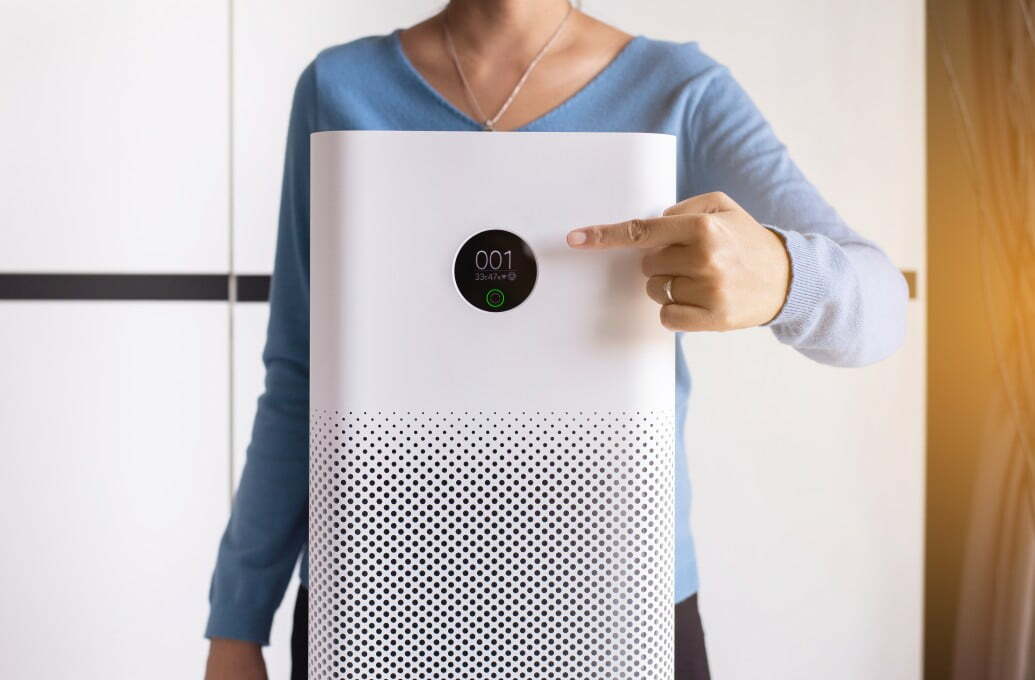
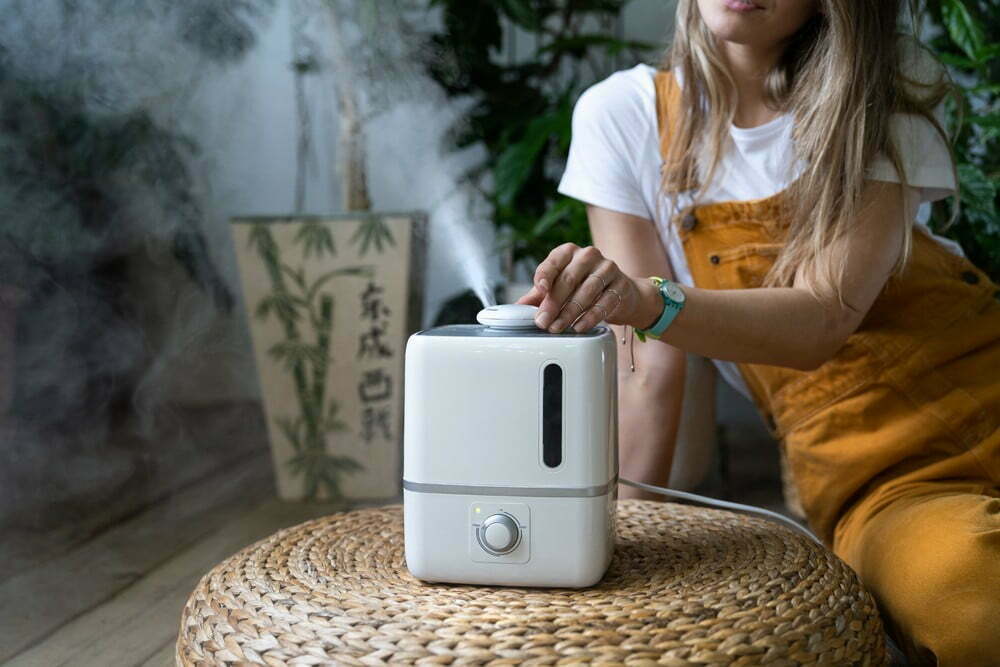
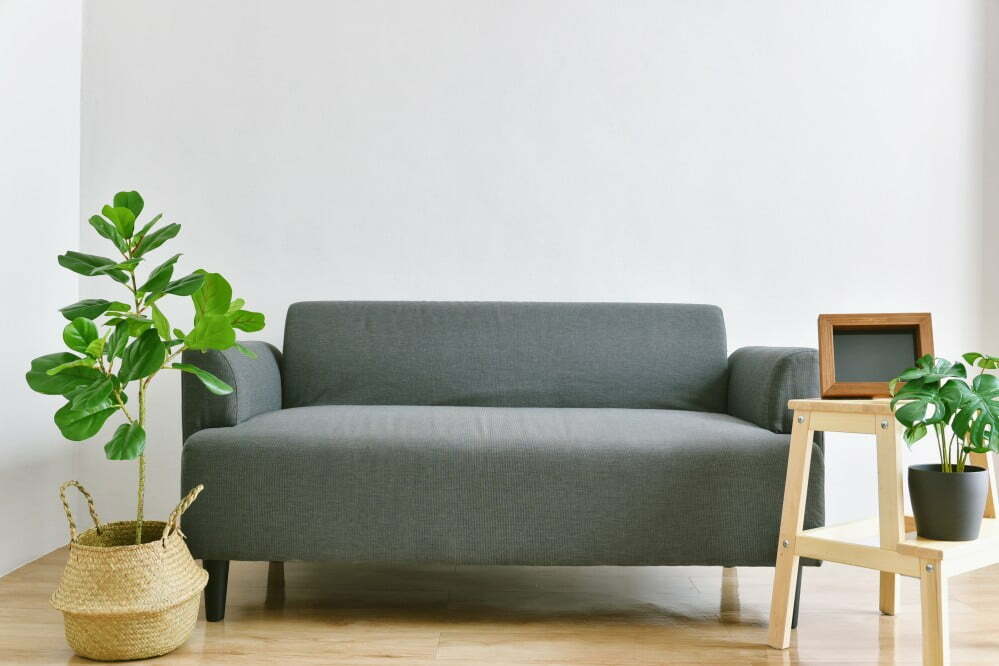

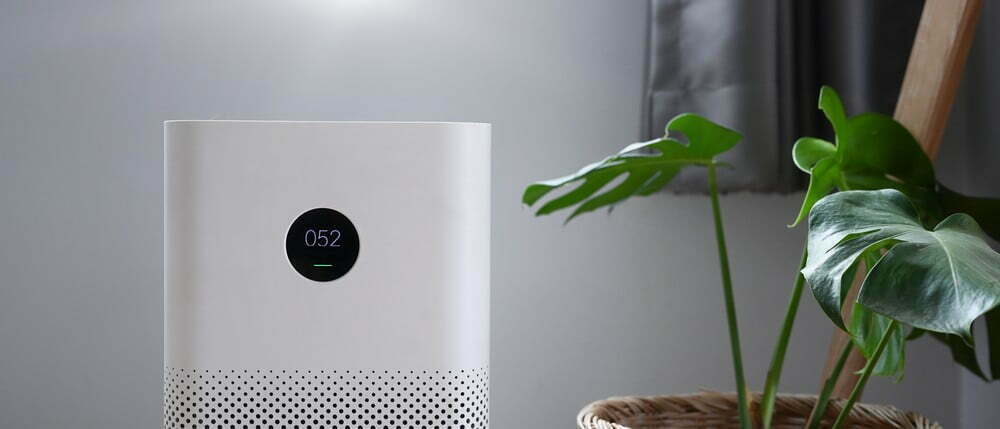
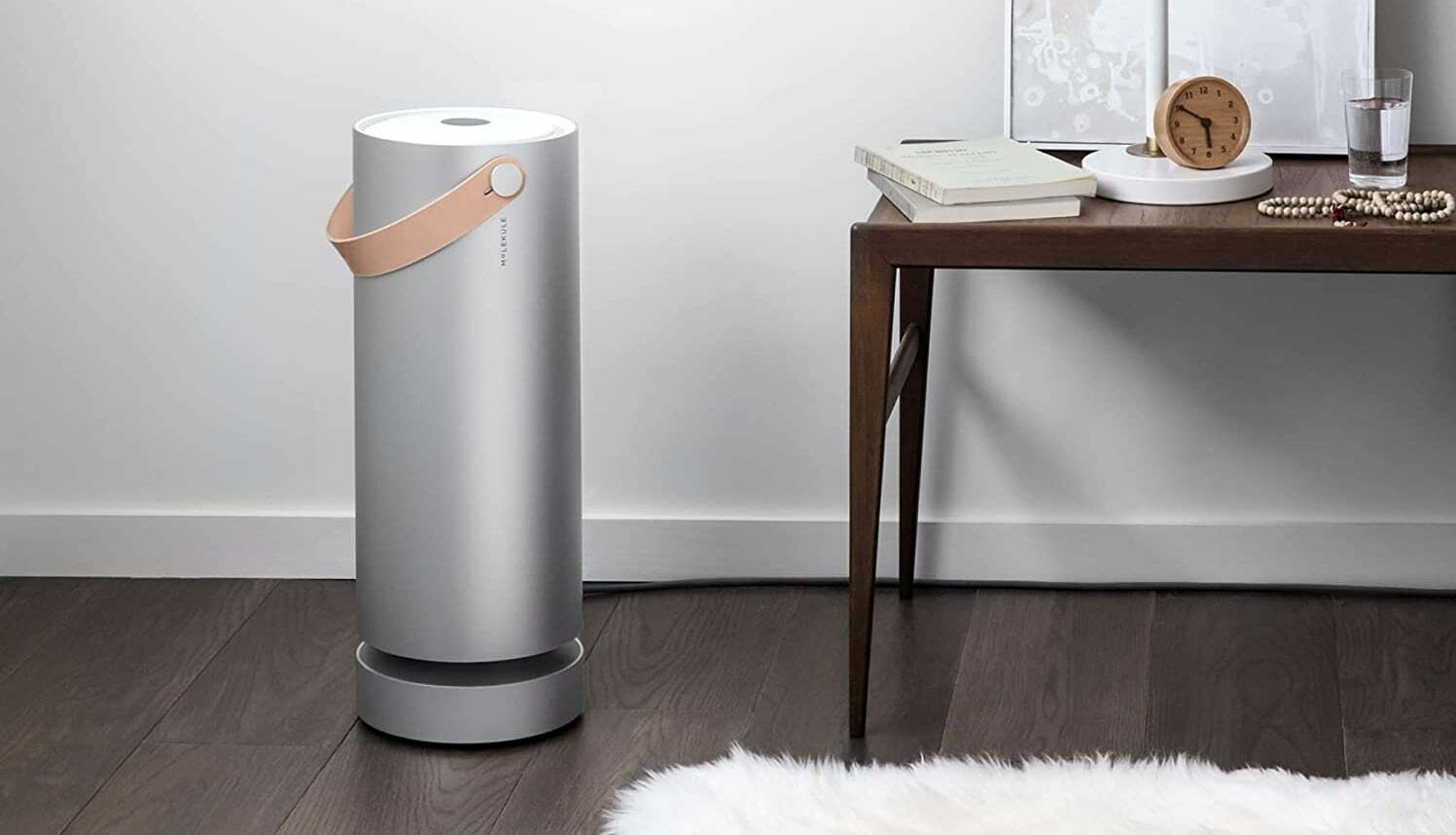
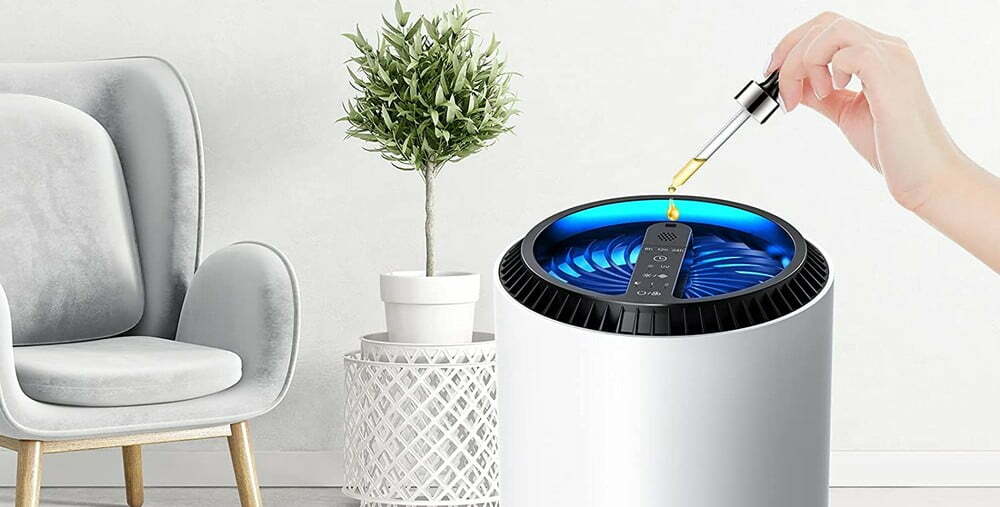
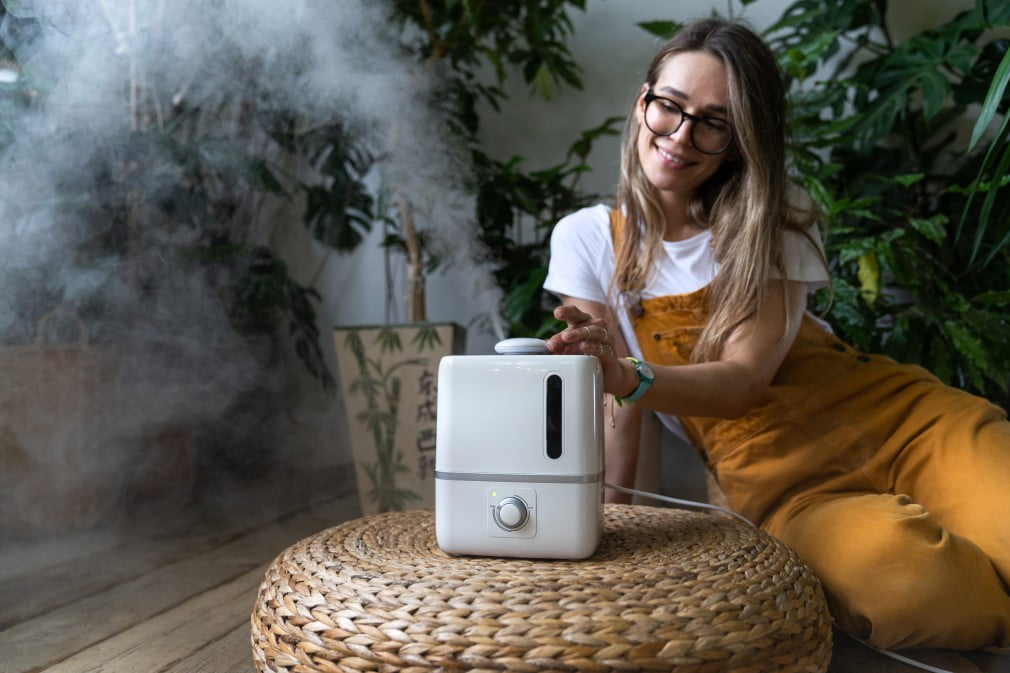
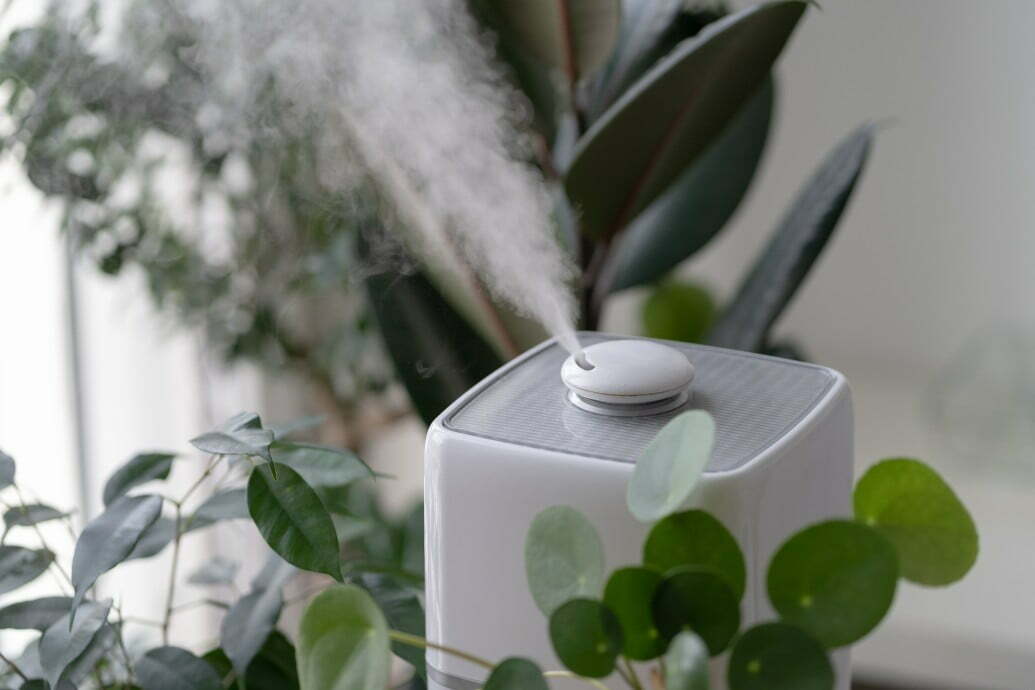
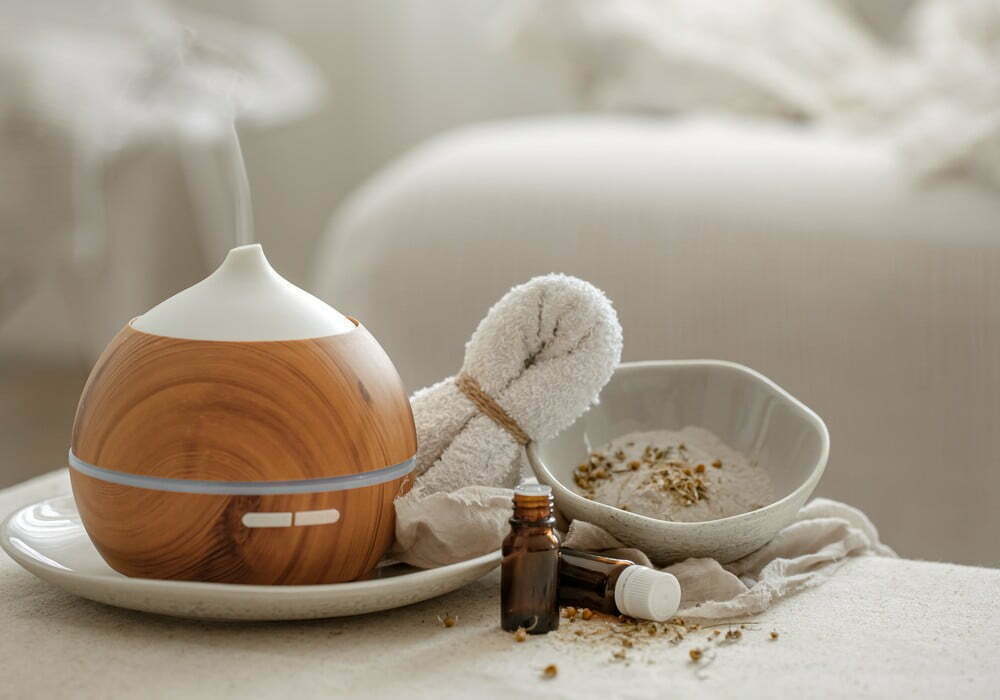
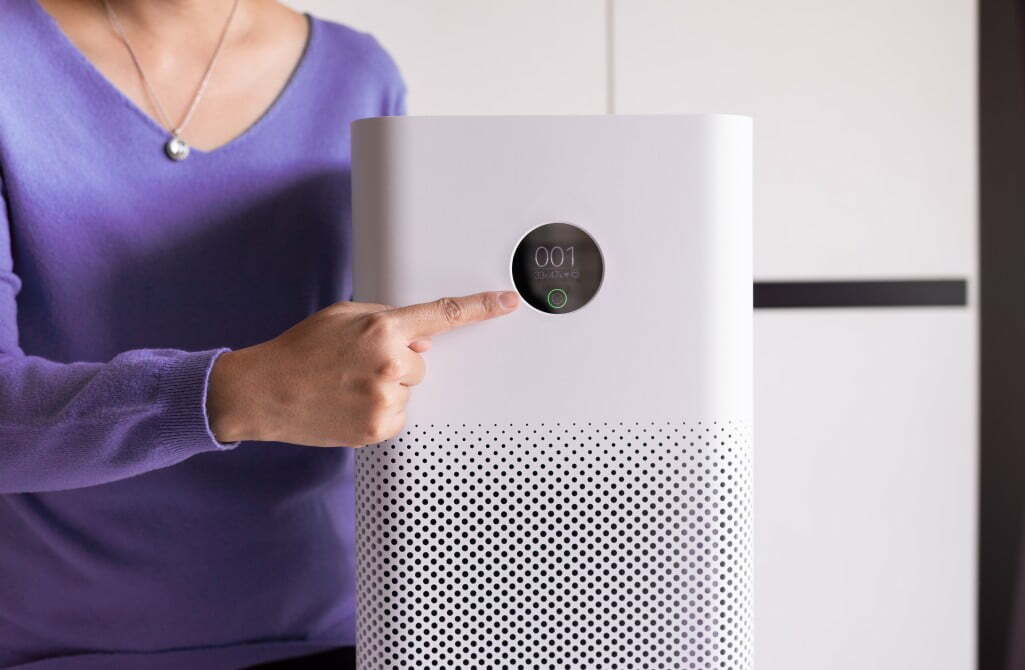
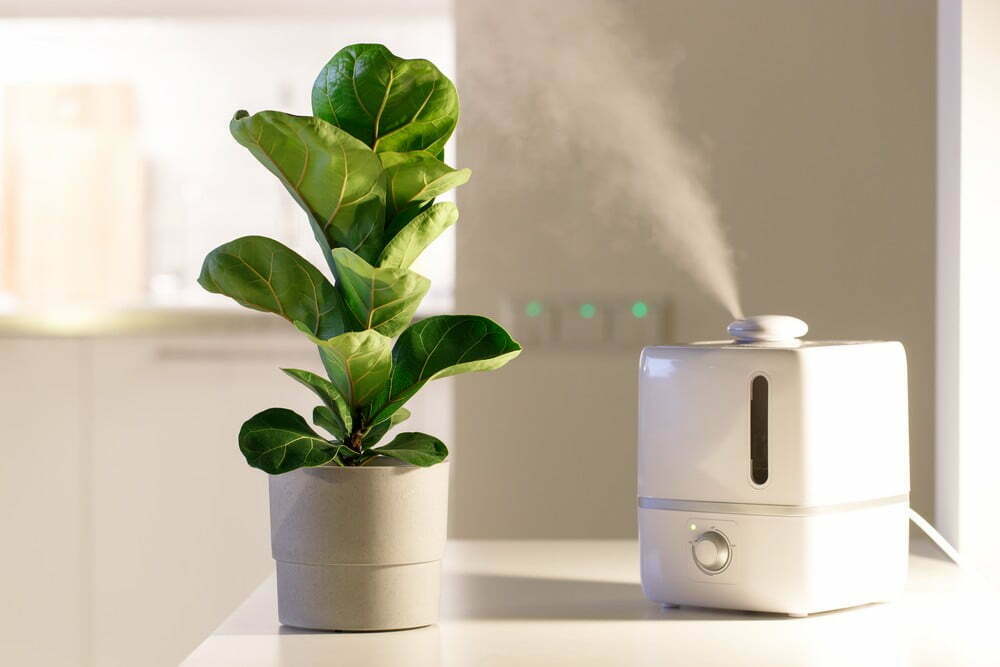

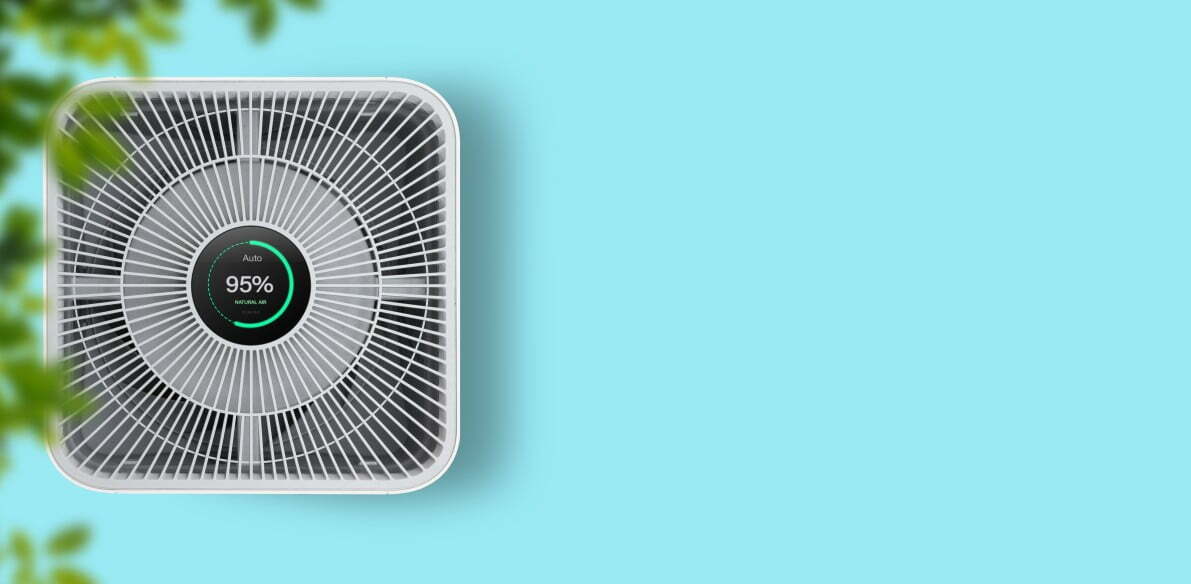
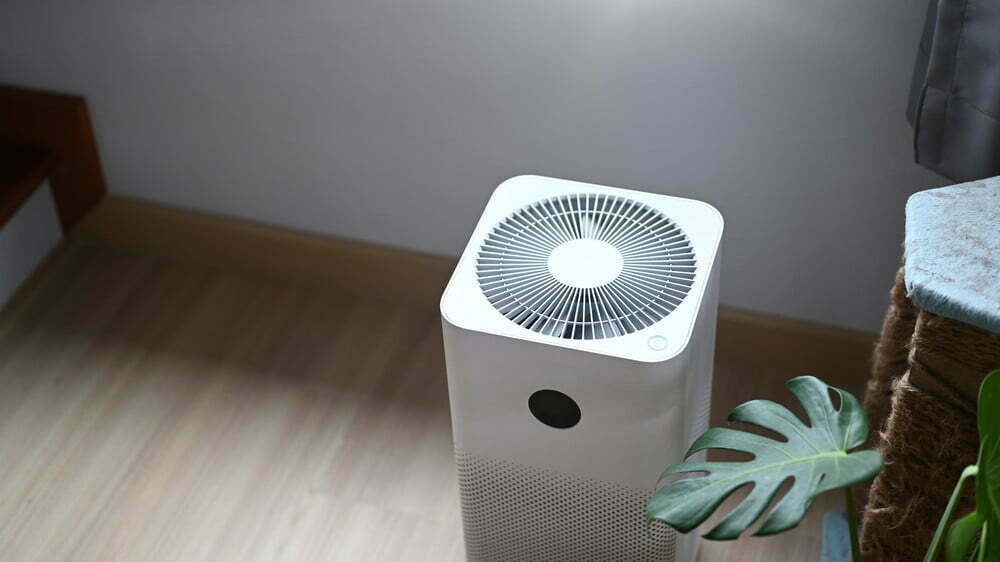
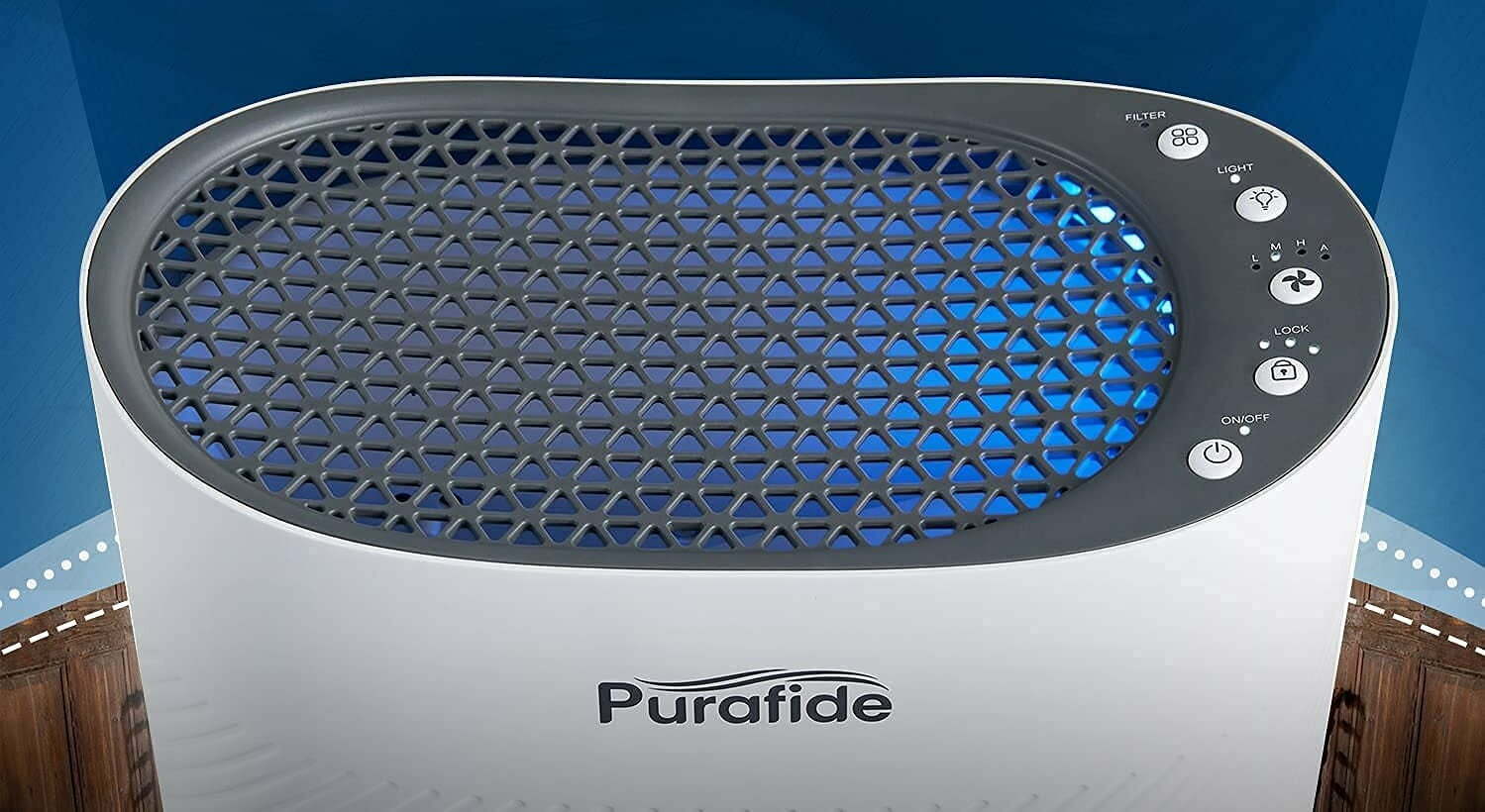
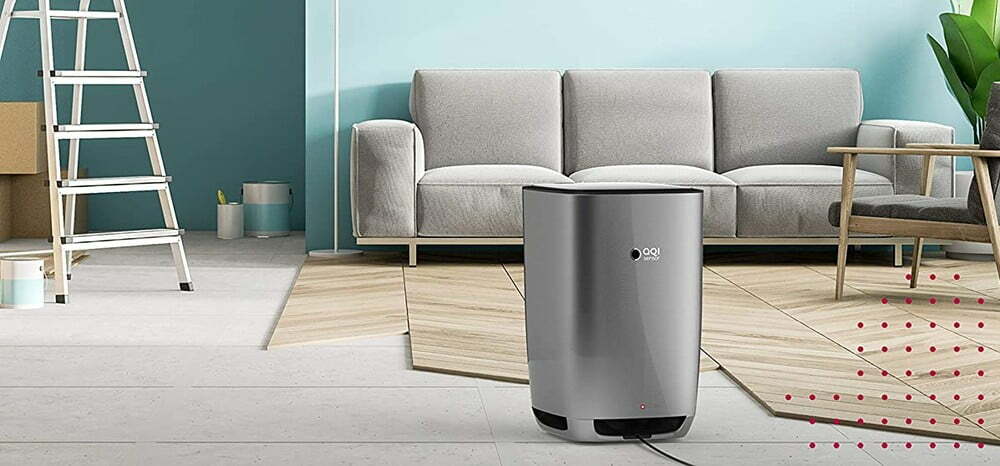
![Best Air Purifiers for VOCs and Formaldehyde in [year] 27 Best Air Purifiers for VOCs and Formaldehyde in 2025](https://www.gadgetreview.dev/wp-content/uploads/best-air-purifier-for-vocs-and-formaldehyde-image.jpg)
![Best Air Purifier in [year] ([month] Reviews) 28 Best Air Purifier in 2025 (December Reviews)](https://www.gadgetreview.dev/wp-content/uploads/Honeywell-True-HEPA-Allergen-Remover-HPA300-e1475603569442.jpg)
![Best Air Purifiers for Dust in [year] 29 Best Air Purifiers for Dust in 2025](https://www.gadgetreview.dev/wp-content/uploads/best-air-purifier-for-dust-image.jpg)
![Best Honeywell Air Purifiers in [year] 30 Best Honeywell Air Purifiers in 2025](https://www.gadgetreview.dev/wp-content/uploads/best-honeywell-air-purifier-image.jpg)
![Best Germicidal Air Purifiers in [year] 31 Best Germicidal Air Purifiers in 2025](https://www.gadgetreview.dev/wp-content/uploads/best-germicidal-air-purifier-image.jpg)
![Best Filterless Air Purifiers in [year] 32 Best Filterless Air Purifiers in 2025](https://www.gadgetreview.dev/wp-content/uploads/best-filterless-air-purifier-image.jpg)
![Best Levoit Air Purifiers in [year] 33 Best Levoit Air Purifiers in 2025](https://www.gadgetreview.dev/wp-content/uploads/best-levoit-air-purifier-image.jpg)
![Best Air Purifiers for Smoking Weed in [year] 34 Best Air Purifiers for Smoking Weed in 2025](https://www.gadgetreview.dev/wp-content/uploads/best-air-purifier-for-smoking-weed-image.jpg)
![Best Quiet Air Purifiers in [year] 35 Best Quiet Air Purifiers in 2025](https://www.gadgetreview.dev/wp-content/uploads/best-quiet-air-purifier-image.jpg)
![Best Desktop Air Purifiers in [year] 36 Best Desktop Air Purifiers in 2025](https://www.gadgetreview.dev/wp-content/uploads/best-desktop-air-purifier.jpg)
![Best Dyson Air Purifiers in [year] 37 Best Dyson Air Purifiers in 2025](https://www.gadgetreview.dev/wp-content/uploads/best-dyson-air-purifier.jpg)
![Best Air Purifiers for Dorm Room in [year] 38 Best Air Purifiers for Dorm Room in 2025](https://www.gadgetreview.dev/wp-content/uploads/air-purifier-for-dorm-room-1.jpg)
![Best Air Purifiers for Office in [year] 39 Best Air Purifiers for Office in 2025](https://www.gadgetreview.dev/wp-content/uploads/best-air-purifier-for-office.jpg)
![Best Air Purifiers for Basement in [year] 40 Best Air Purifiers for Basement in 2025](https://www.gadgetreview.dev/wp-content/uploads/best-air-purifier-for-basement.jpg)
![Best Air Purifiers For Odor in [year] 41 Best Air Purifiers For Odor in 2025](https://www.gadgetreview.dev/wp-content/uploads/best-air-purifier-odor.jpg)
![10 Best Personal Air Purifiers in [year] 42 10 Best Personal Air Purifiers in 2025](https://www.gadgetreview.dev/wp-content/uploads/best-personal-air-purifiers.jpg)
![10 Best Plug In Air Purifiers in [year] 43 10 Best Plug In Air Purifiers in 2025](https://www.gadgetreview.dev/wp-content/uploads/best-plug-in-air-purifier-image.jpg)
![10 Best Whole House Air Purifiers in [year] 44 10 Best Whole House Air Purifiers in 2025](https://www.gadgetreview.dev/wp-content/uploads/best-whole-house-air-purifier-image.jpg)
![10 Best Large Room Air Purifiers in [year] 45 10 Best Large Room Air Purifiers in 2025](https://www.gadgetreview.dev/wp-content/uploads/Coway-Airmega-200M-Large-Room-Air-Purifier-900x900-1.png)
![10 Best UV Air Purifiers in [year] 46 10 Best UV Air Purifiers in 2025](https://www.gadgetreview.dev/wp-content/uploads/best-uv-air-purifier.jpg)
